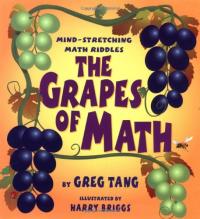Key Information
Focus
When To Use This Strategy
Appropriate Group Size
Why use partner reading?
- It allows students to take turns reading and provide each other with feedback as a way to monitor comprehension.
- It provides a model of fluent reading and helps students learn decoding skills by offering positive feedback.
- It provides direct opportunities for a teacher to circulate in the class, observe students, and offer individual remediation.
How to use partner reading
- Choose the assigned reading and introduce the text to the students.
- Create pairs within the classroom by identifying which children require help on specific skills and who the most appropriate children are to help other children learn those skills.
- Model the procedure to ensure that students understand how to use the strategy.
- Have each member of the teacher-assigned pair take turns being “Coach” and “Player.” These pairs are changed regularly, and over a period of time as students work. Thus, all students have the opportunity to be “coaches” and “players.” Note: It is important for teachers to monitor and support students as they work together.
- Ask the stronger reader to begin this activity as the “Player” and read orally for 5 minutes. Have the “Coach” follow along and correct any mistakes when necessary.
- Have the pair switch roles and ask the weaker reader to become the “Player.” The “Player” rereads the same passage for the next 5 minutes and the “Coach” provides corrective feedback. One point is earned for each correct sentence read (optional).
Watch: PAL Reading
PAL or “pair” reading (a method based on Lynn and Douglas Fuchs’ Peer Assisted Learning Strategies) helps promote speed, accuracy, and proper expression in reading as well as practice comprehension skills to improve students’ understanding of what they read. See the lesson plan .
This video is published with permission from the Balanced Literacy Diet .
Collect resources
Language Arts
5 Partner Reading Activities for K-1 Students ›
Social Studies
This comprehensive teacher’s guide to partner reading includes examples of using the strategy in the study of the American Revolution (see page 9 of the guide)
Partner Reading: An Evidence-Based Practice (Teacher’s Guide) ›
Differentiated instruction
For second language learners, students of varying reading skill, and younger learners
Teachers may wish to include the following additional activities for varying skill levels:
- Story retelling: students work together to retell the story by cooperatively providing input and correcting mistakes
- Summarization: students support each other in developing a summary of the passage in 10 words or less
- Writing: students write down the summary they developed and/or responses to the following:
- the who or what of the paragraph;
- the most important thing about who or what; and
- the main idea
- Teachers can use this activity to pair an ELL with a non-ELL student to support language development (see the following resource for more information: Reading Comprehension Strategies for English Language Learners .
- Teachers may wish to use cross age/grade partners for this activity.
See the research that supports this strategy
Armbruster, B., Lehr, F., & Osborn, J. (2001). Put Reading First: The Research Building Blocks for Teaching Children to Read. Center for the Improvement of Early Reading Achievement. National Institute for Literacy. http://www.nifl.gov/partnershipforreading/publications/reading_first1fluency.html.
Fuchs, D., Fuchs, L., & Burish, P. (2000). Peer-Assisted Learning Strategies: An Evidence-Based Practice to Promote Reading Achievement. Learning Disabilities Research and Practice, 15(2), 85-91.
Saenz, L., Fuchs, L., & Fuchs, D. (2005) Peer-Assisted Learning Strategies for English Language Learners with Learning Disabilities. Exceptional Children, (71).
Texas Education Agency. (2002). Fluency: Instructional Guidelines and Student Activities.
Vanderbilt Kennedy Center for Research on Human Development. (n.d.). Peer-Assisted Learning Strategies. Retrieved 2008, January 21, from http://kc.vanderbilt.edu/pals/.
Children’s books to use with this strategy

You Read to Me, I’ll Read to You: Very Short Stories to Read Together
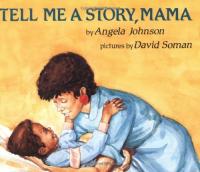
Tell Me a Story, Mama
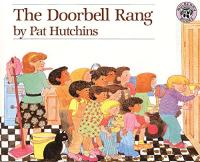
The Doorbell Rang
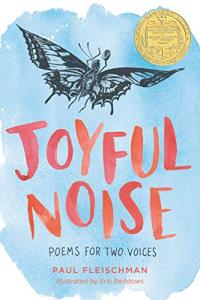
Joyful Noise: Poems for Two Voices
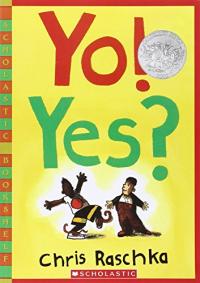
Yo! Yes?
